Health and Wellness Trends
The Insulated Food Container Market is increasingly influenced by the growing health and wellness movement. Consumers are becoming more health-conscious, leading to a rise in the consumption of fresh, homemade meals. Insulated food containers are perceived as essential tools for maintaining the nutritional value of these meals, as they help preserve temperature and freshness. Market data indicates that the demand for insulated containers that cater to health-oriented consumers is on the rise, with a projected increase in sales of products designed for meal prep and portion control. This trend suggests that the Insulated Food Container Market will continue to evolve, focusing on features that align with health and wellness goals.
Rising Demand for On-the-Go Meals
The Insulated Food Container Market is experiencing a notable increase in demand for on-the-go meal solutions. As lifestyles become busier, consumers are seeking convenient options that allow them to enjoy meals outside the home. This trend is particularly evident among working professionals and students who require portable food storage solutions. According to recent data, the market for insulated food containers is projected to grow at a compound annual growth rate of approximately 5.5% over the next five years. This growth is driven by the need for products that maintain food temperature and quality, thereby enhancing the overall eating experience. The Insulated Food Container Market is thus positioned to benefit from this shift towards convenience and portability.
Growing E-commerce and Online Retail
The Insulated Food Container Market is experiencing a surge in sales through e-commerce platforms. The convenience of online shopping has made it easier for consumers to access a wide variety of insulated food containers, often at competitive prices. This trend is particularly relevant as more consumers turn to online retail for their shopping needs. Data indicates that e-commerce sales in the insulated food container segment are expected to grow significantly, driven by the increasing popularity of home delivery services and online marketplaces. As a result, the Insulated Food Container Market is likely to see a shift in distribution strategies, with brands focusing on enhancing their online presence to capture this growing consumer base.
Technological Innovations in Insulation
The Insulated Food Container Market is benefiting from advancements in insulation technology. Innovations such as vacuum insulation and advanced thermal materials are enhancing the performance of insulated containers, allowing them to maintain temperature for extended periods. These technological improvements not only improve functionality but also contribute to the overall user experience. As consumers become more discerning about product performance, the demand for high-quality insulated food containers is likely to increase. Market data suggests that the introduction of smart features, such as temperature monitoring and app connectivity, could further drive growth in the Insulated Food Container Market, appealing to tech-savvy consumers.
Environmental Concerns and Sustainability
The Insulated Food Container Market is witnessing a shift towards environmentally friendly products as consumers become more aware of sustainability issues. There is a growing preference for reusable and recyclable materials, which is driving innovation in the design and manufacturing of insulated food containers. Many brands are now focusing on eco-friendly materials, such as stainless steel and BPA-free plastics, to appeal to environmentally conscious consumers. Market Research Future indicates that products with sustainable attributes are likely to capture a larger share of the market, as consumers increasingly prioritize sustainability in their purchasing decisions. This trend is expected to propel the Insulated Food Container Market forward, as companies adapt to meet these evolving consumer preferences.


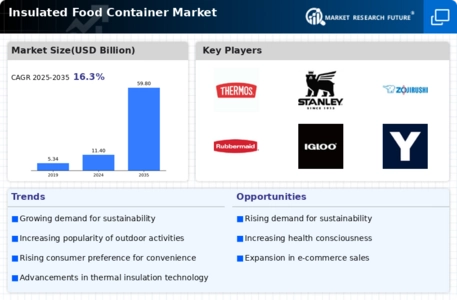
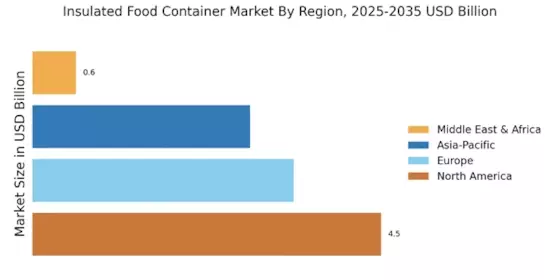
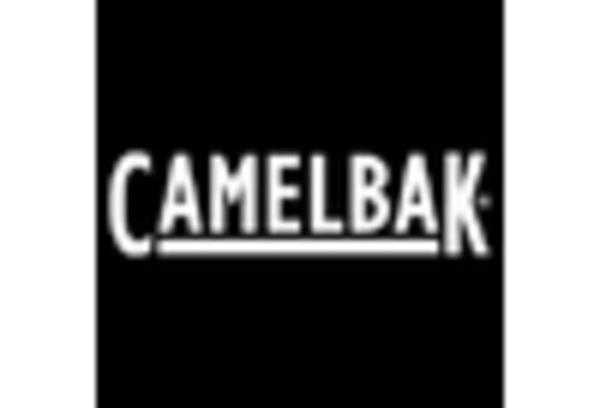
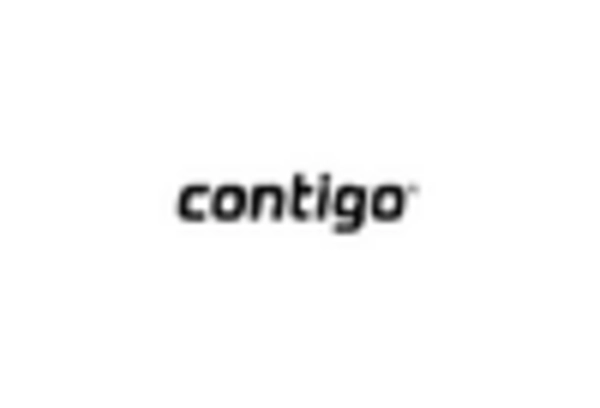
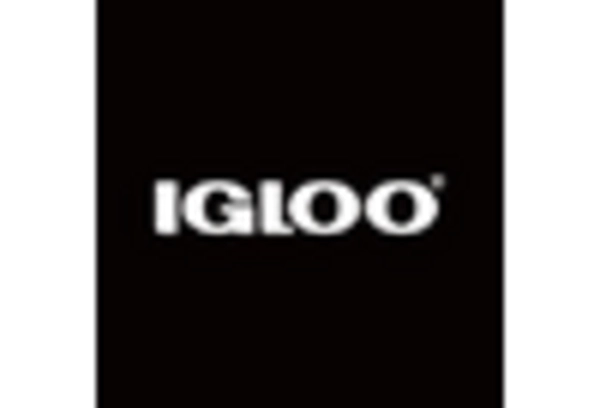
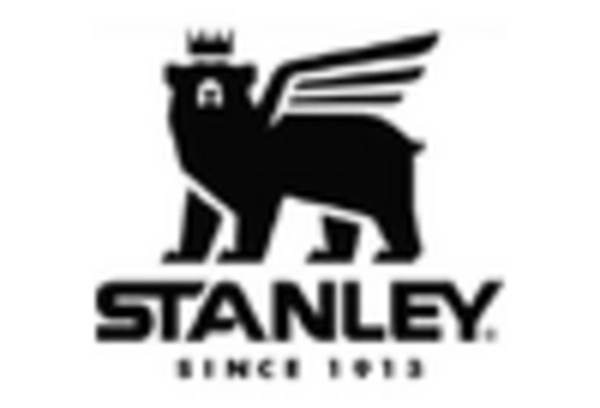
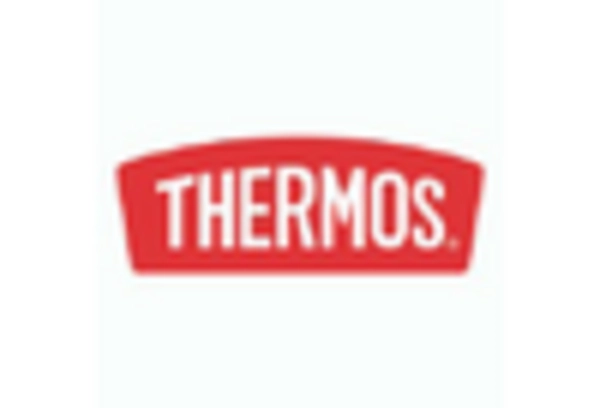
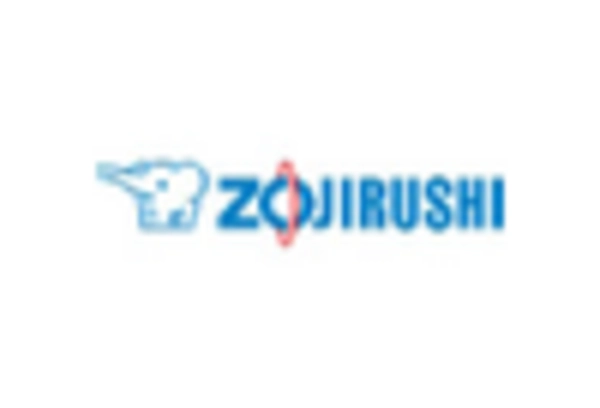








Leave a Comment